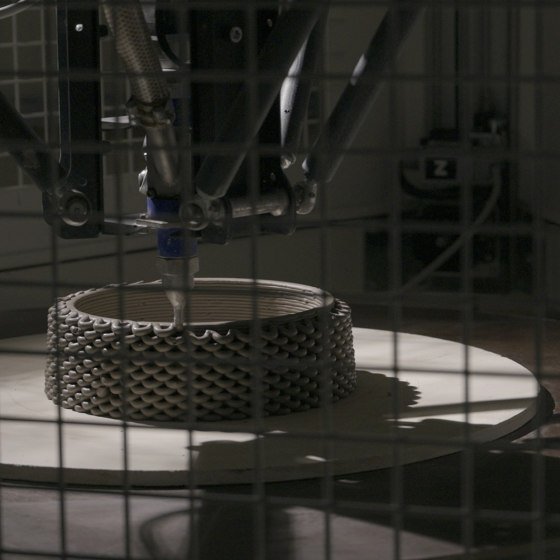5 Suggestions for Getting Rid of the Most Tough Upholstery Stains
Here’s where the techniques diverge. With the wet method, you’ll begin applying a cleaning solution, which will vary depending on the fabric and type of stain, gently to the spot in a dabbing and blotting motion. With the dry method, you essentially skip this step and wait for the area to dry before using a bristly brush to carefully sweep the area.
The latter method works better on fabrics with a grain, like velvet, and with spills that aren’t entirely liquid, according to Micetich. But, even if you’re attempting this method, it’s important to gently sop up as much as possible, so that it dries quickly.
“I have accidentally spilled a little bit of queso dip on my velvet couch, and the dry method worked perfectly for that,” she explains. “I dabbed up the excess and because it was [a semi-solid] cheese, it rose and I was able to use a toothbrush [reserved for cleaning] and very lightly get it up without impacting the grain of the velvet that much.”
With either method, completely drying out the area is necessary. Get creative: place the cushion next to a sunny window and break out some fans. A mix of warmth and air flow will help dry the area. Be careful not to leave the upholstery to dry in a humid or damp area, as that might just introduce mold or a stale water smell, Micetich says.
Proceed with caution with specialty chemicals
Tackling some kinds of stains, like pet urine or feces, may require a specific pretreatment to help break down the stain and also sanitize the area. Let any stain-specific pretreatments sit on the spot for a while to do its job. Certain products that focus on breaking down the enzymes in protein-based stains may be necessary to get rid of not only the visual problem but any associated odors.
“Sometimes you don’t see the spot, but it smells,” Dirty Lab’s He explains. “Pet urine will not necessarily give you a color, but will leave a smell because of the release of bad bacteria that festers.” Dirty Labs sells cleaning products with “enzyme-driven cleaning technology” that the company promotes as “nontoxic, readily biodegradable, [and] free of known pollutants.”
“The really good news is that there’s a lot of [stain removal] you can do with things like white vinegar and rubbing alcohol that are super easy, and that are not necessarily toxic, that can clean so many different areas,” says Tonya Harris, an environmental toxin and cleaning expert.
Harris believes that harsh or specialty chemicals are rarely if ever necessary to get the job done. “I like to use the least toxic thing possible,” she says. She adds that products like white vinegar, rubbing alcohol, and baking soda are less likely to be too harsh and ruin certain materials unless used exactly as directed.
Get professional help
If you’ve tried to do it yourself once or twice, but you still haven’t quite rid your sofa of the splotch, it might be time to call in an upholstery cleaning service.


